Petalite: Gemstone and Jewelry
Petalite is a rare and beautiful gemstone that belongs to the mineral group of feldspars. It is known for its vibrant texture, luster, and striking hues, which make it one of the most appealing and desirable gemstones in the world. It has a fascinating history, and its healing and metaphysical properties have been celebrated for centuries. In this article, we will explore the many fascinating aspects of petalite, including its signature characteristics, history, cultural significance, and much more.

What is Petalite?
Petalite is a rare and unique mineral that occurs in granitic pegmatites. It is a silicate of aluminum and lithium, and it is one of the most critical lithium ores. It was named after the Greek word "petalon," which means "leaf" after its characteristic leaf-like cleavage. Petalite is a reasonably hard mineral with a Mohs hardness of 6.5 to 7, making it durable enough to wear as jewelry. Petalite is found in various places worldwide, including Burma, Brazil, Namibia, and Sweden, but the most exceptional quality comes from the Minas Gerais region of Brazil.
Petalite's color range includes colorless or white, pale yellow, yellowish-green, pale blue, lilac, and pink. Pink is the most highly valued and unusual color for petalite, and it is often referred to as castorite. Petalite is sometimes mistaken for other minerals such as quartz, albite, and spodumene. However, it can be distinguished from other minerals by its unique combination of crystal habit, hardness, density, and cleavage.

Petalite's Signature Characteristics:
Petalite has several signature characteristics that make it stand out from other gemstones. One of its most distinguished features is its vitreous to greasy luster, which gives it a mesmerizing shine under the light. Petalite's vitreous luster is caused by its transparent to translucent appearance, which allows light to penetrate through the gemstone. Another signature characteristic of petalite is its crystal habit, which is described as pseudohexagonal. This means that the crystal has six sides, similar to a hexagon, but it isn't a regular hexagon.
Petalite crystals are often elongated and prismatic, with well-formed faces and edges. They have a perfect cleavage in two directions, which is a result of their crystal structure. Petalite's colors are usually pale and subdued, ranging from colorless to pink, purple, and blue. Its color is mainly attributed to the presence of manganese or iron impurities. Petalite's pink variety is the most valuable and rare, and it is often used in jewelry making.

Petalite's History:
Petalite's history dates back to the 19th century when it was discovered in Utö Island, Sweden, by a mineralogist named Jöns Jacob Berzelius. However, it was in the late 1800s when petalite was extensively mined in Minas Gerais, Brazil, and it became an essential source of lithium. The use of petalite as a gemstone is relatively new, and it was not until the late 20th century that it gained popularity among jewelry designers. Today, petalite is widely recognized as a valuable and rare gemstone, and its popularity continues to grow.

Cultural Significance:
Petalite has been revered for its healing and metaphysical properties for centuries. In ancient times, petalite was believed to have magical powers that could protect the wearer from evil spirits and bring good luck. It was also used by shamans and healers in their spiritual practices. Today, petalite is still widely used in crystal healing and meditation practices. It is believed to have a calming and grounding effect on the mind and body, helping to reduce anxiety and stress levels.
It is also said to enhance intuition and spiritual awareness, making it an excellent tool for meditation and introspection. In addition to its spiritual and healing properties, petalite is also used in industrial applications. It is a significant source of lithium, which is an essential component in the manufacture of batteries and other electronic devices. Petalite's unique chemical composition also makes it a valuable mineral in the glass and ceramics industry.

Petalite in Jewelry:
Petalite's unique and subtle colors make it an attractive gemstone for jewelry making. Its delicate shades of pink, blue, and lilac are perfect for creating elegant and feminine designs. Petalite is also versatile enough to be used in combination with other gemstones, such as diamonds, sapphires, and tourmalines, to create stunning and colorful compositions.
One of the most popular uses for petalite in jewelry is as a centerpiece in rings, bracelets, and necklaces. Its elongated and prismatic crystal habit lends itself well to faceting, creating a captivating and sparkling effect under the light. Petalite's transparent to translucent appearance also makes it an ideal choice for transparent settings such as prong and bezel settings, allowing maximum light to penetrate through the gemstone.
Petalite is also used as an accent stone in jewelry, adding a touch of color and sparkle to more complex designs. Its pale and subtle colors make it an excellent choice for complementing bolder and more vibrant gemstones, such as rubies and emeralds. Petalite's unique luster and crystal habit also make it an attractive choice for creating minimalist jewelry designs, where the focus is on the gemstone's natural beauty.

Caring for Petalite Jewelry:
Petalite is a relatively hard and durable gemstone, making it resistant to scratching and chipping. However, like all gemstones, it requires proper care and maintenance to ensure its longevity and brilliance. To care for petalite jewelry, it is essential to avoid exposing it to harsh chemicals, such as bleach, chlorine, and solvents, as they can damage the gemstone's surface. It is also crucial to avoid exposing it to high temperatures or extreme temperature changes, as this can cause the gemstone to crack or fracture.
Petalite jewelry should be cleaned regularly using mild soap and warm water. A soft-bristled brush or a cloth can be used to remove dirt and debris from the gemstone's surface. It is also recommended to have petalite jewelry professionally cleaned and inspected periodically to ensure that the settings and prongs are secured, and the gemstone is in good condition.

Petalite is a fascinating and unique gemstone that has captured the hearts of gemstone enthusiasts around the world. Its captivating colors, signature characteristics, and rich history have made it an essential part of the gemstone world, both as a rare mineral and as a valuable gemstone used in jewelry making. Petalite's healing and metaphysical properties have also made it an essential tool in spiritual and meditation practices. Whether you are a gemstone enthusiast, jewelry designer, or simply looking to add a touch of elegance to your jewelry collection, petalite is a gemstone that should not be overlooked.




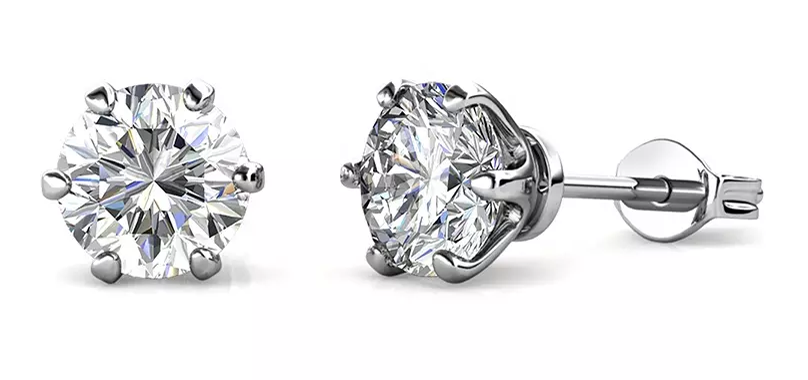
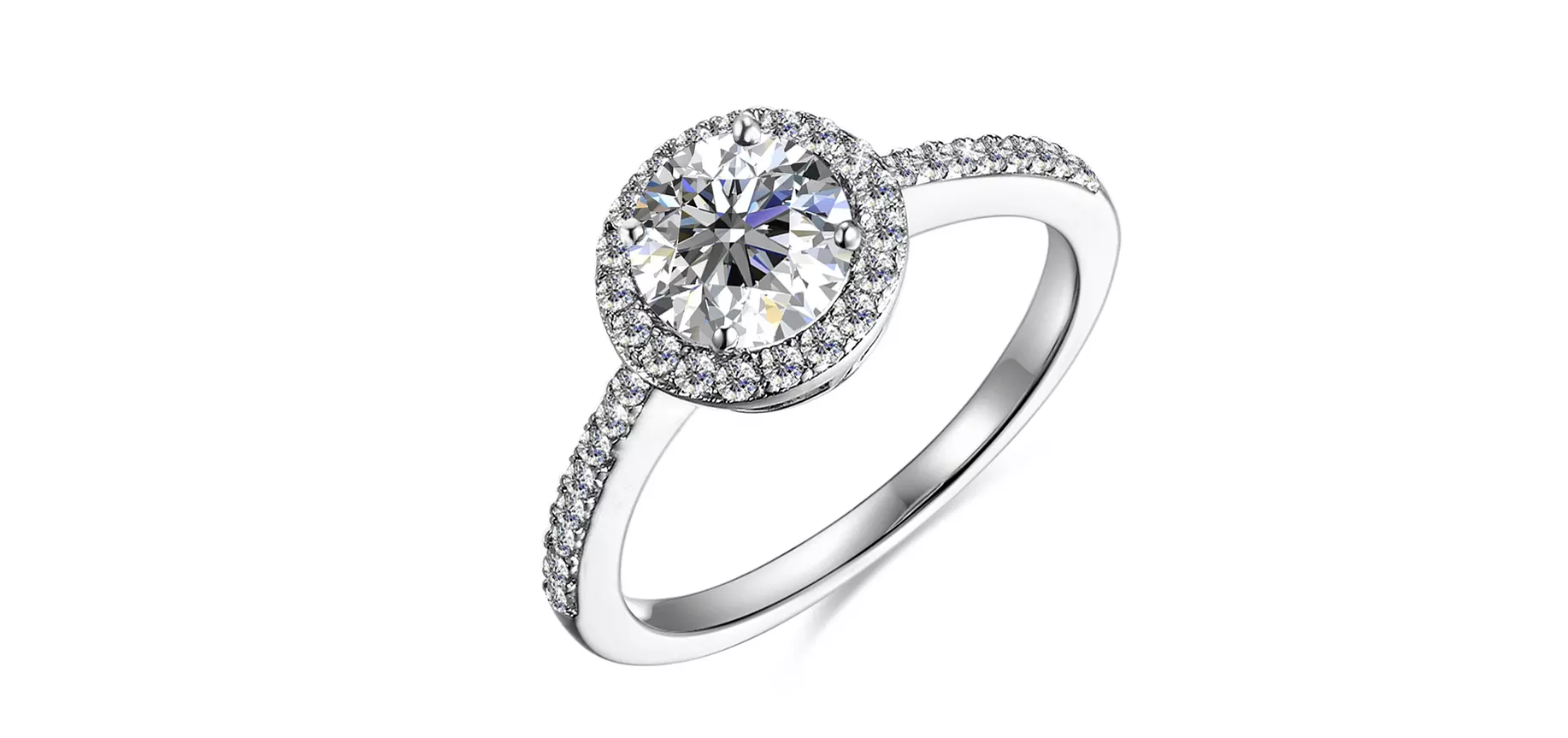
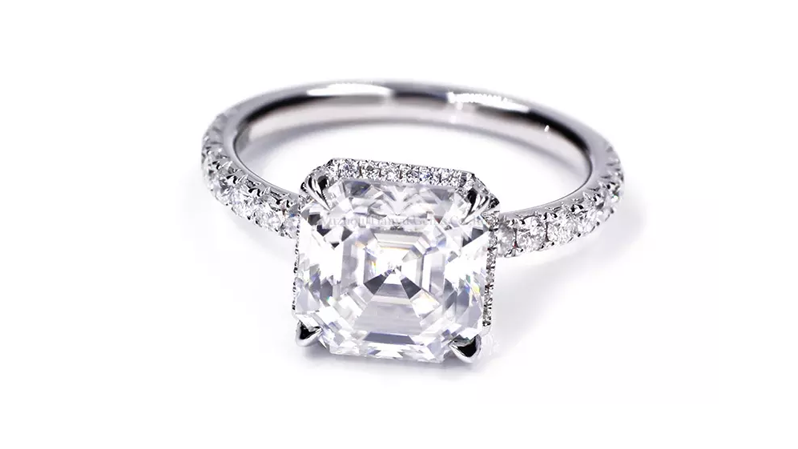
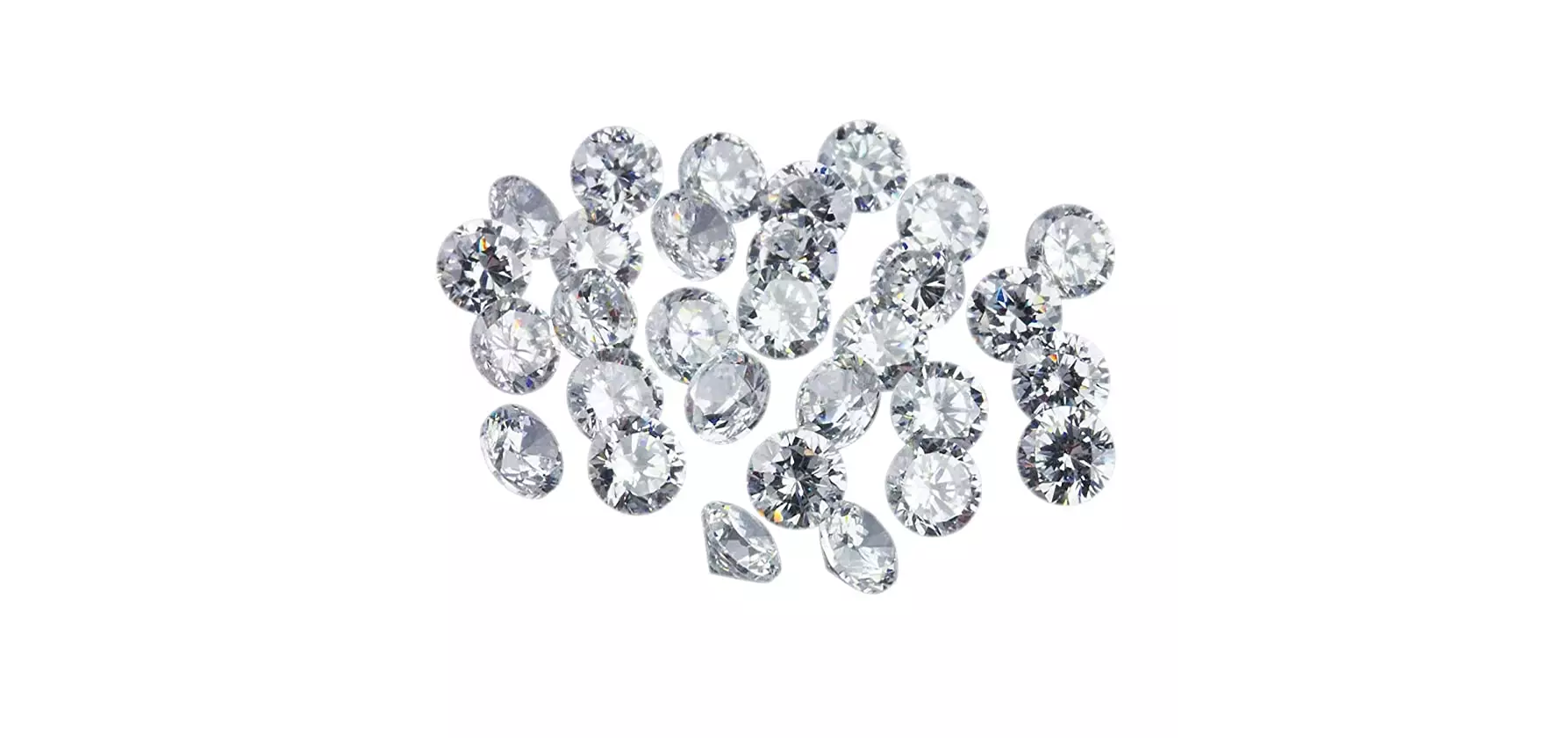
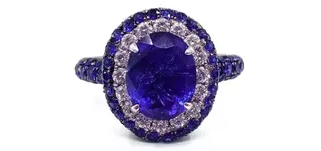
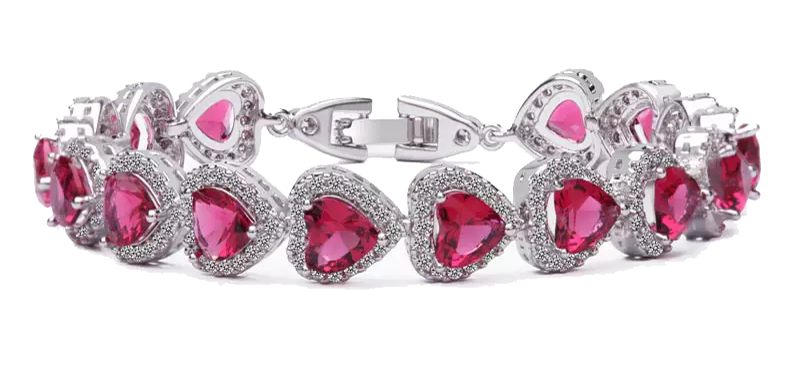
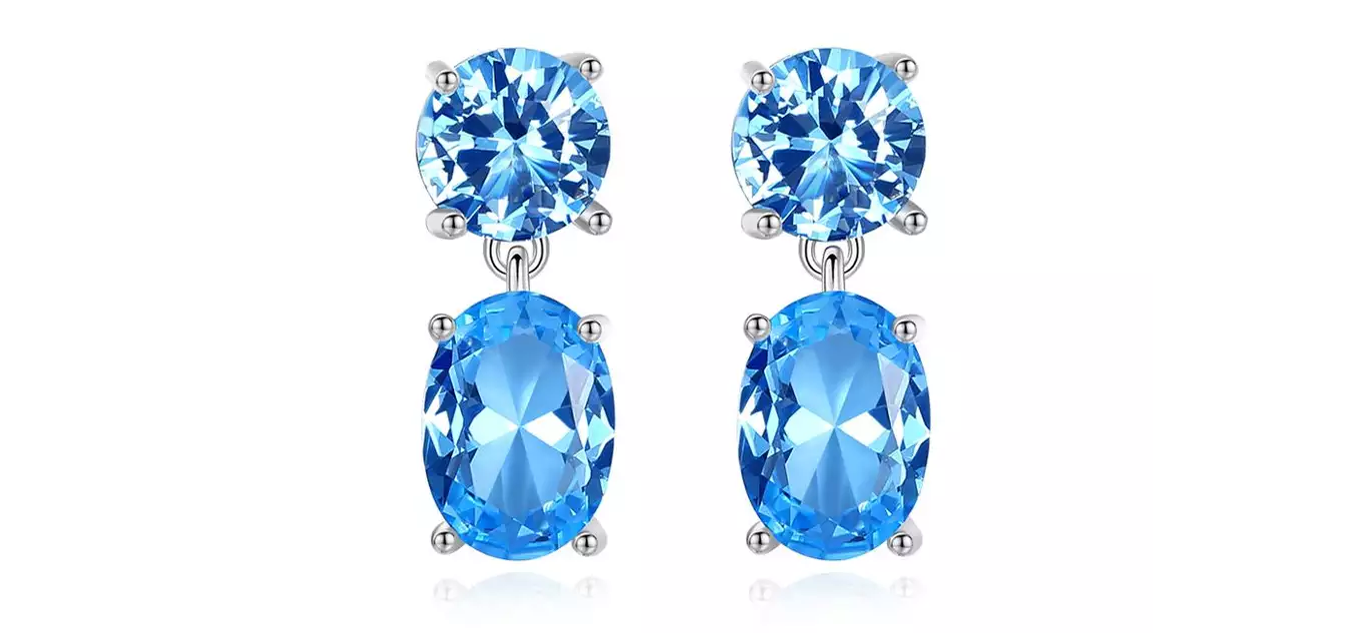
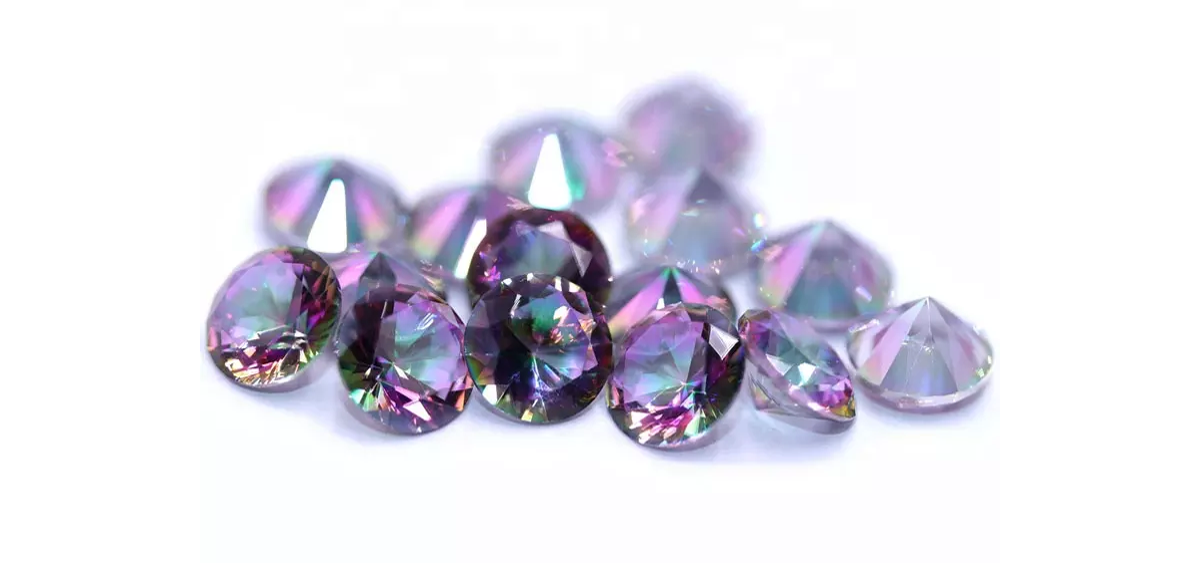
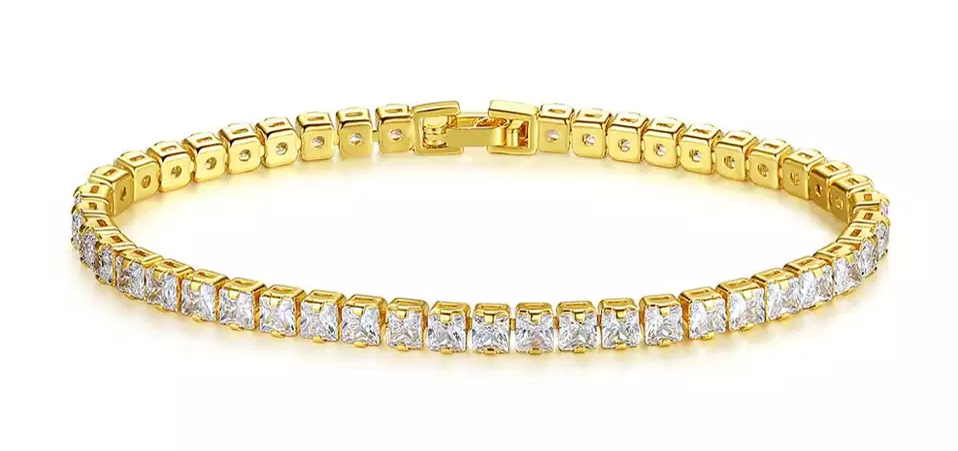
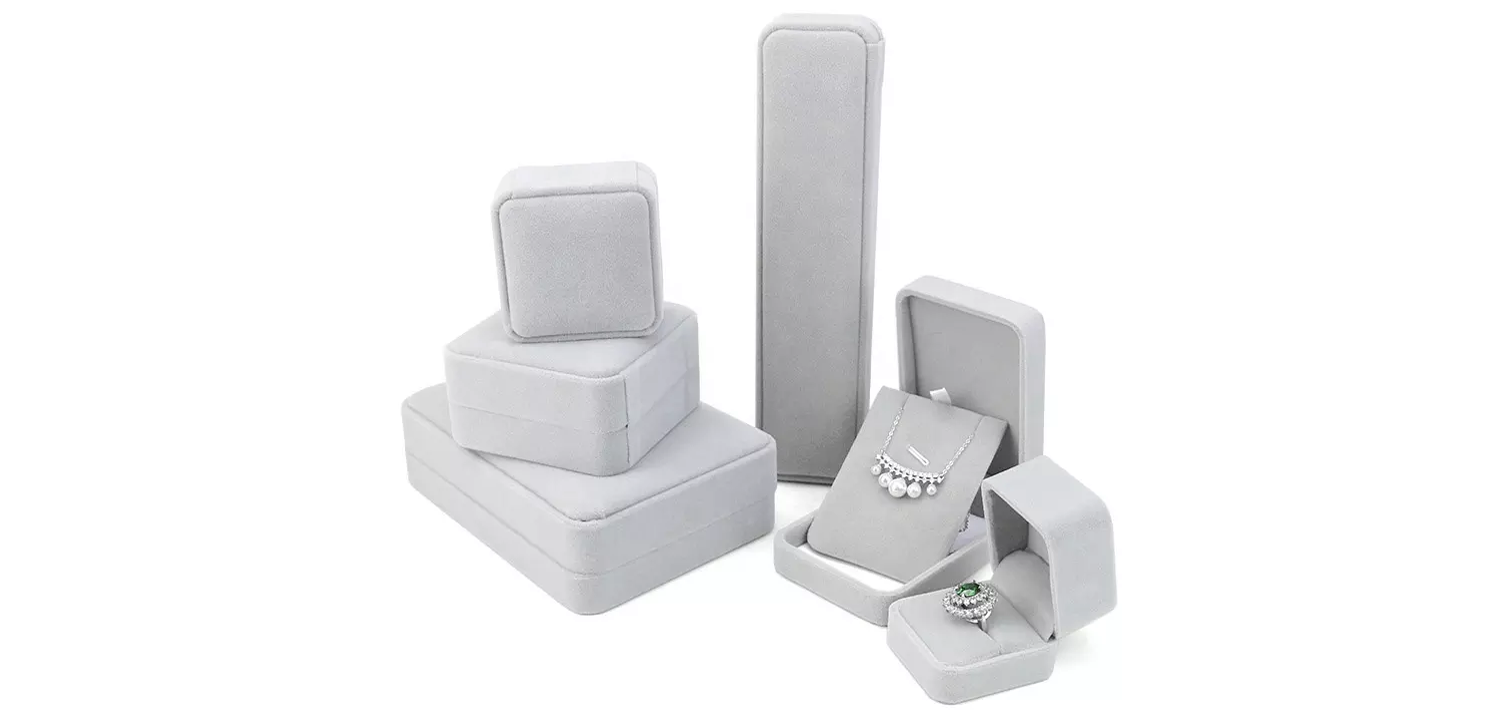
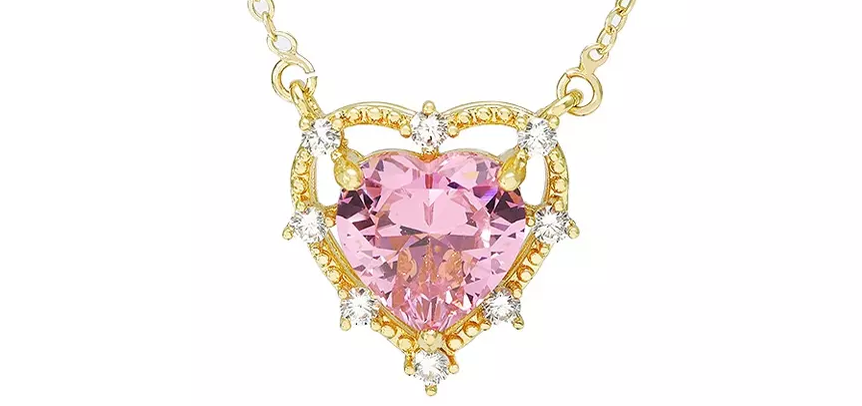
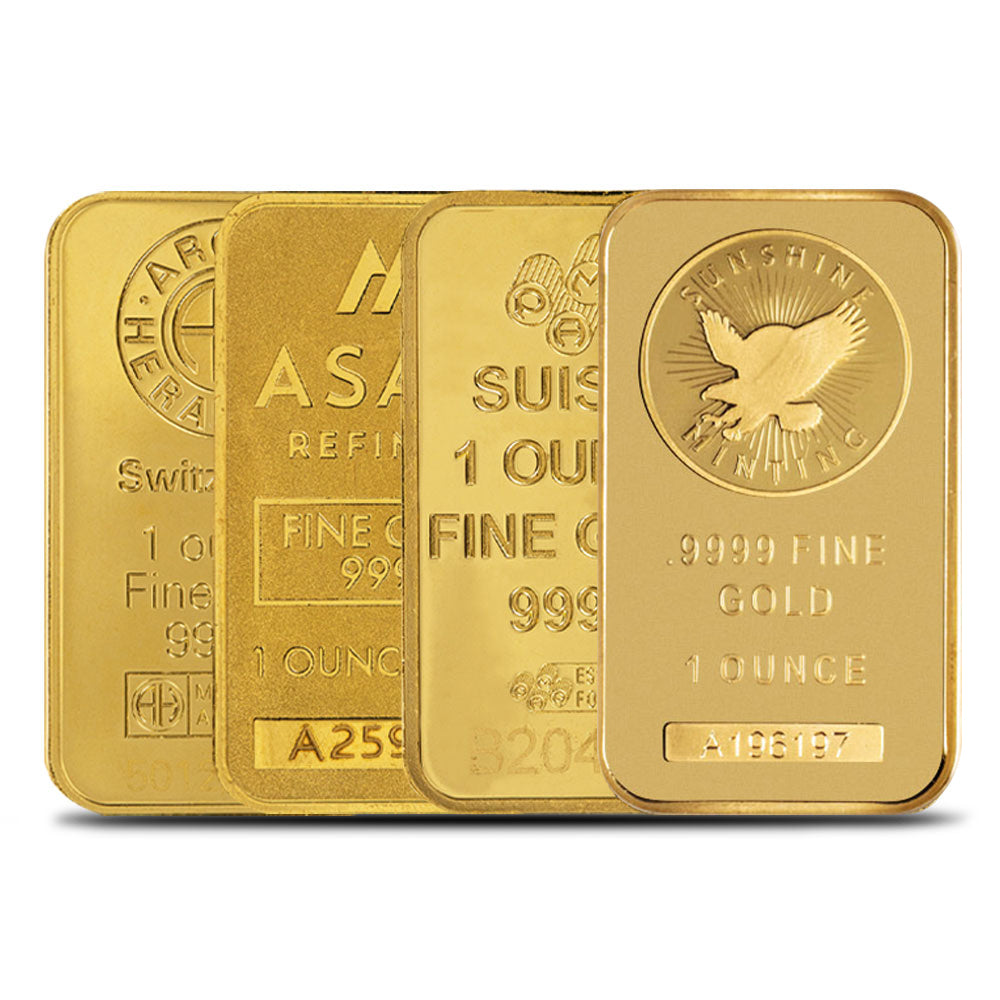
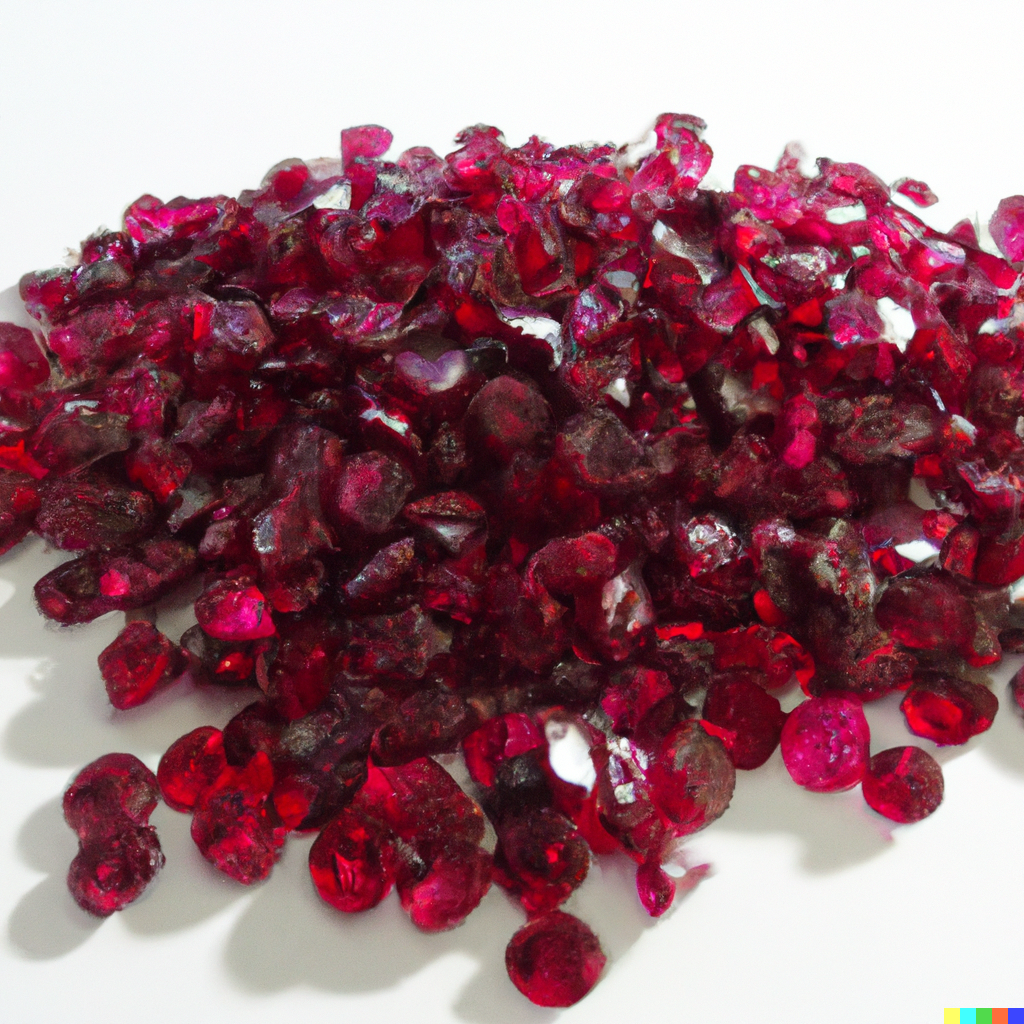
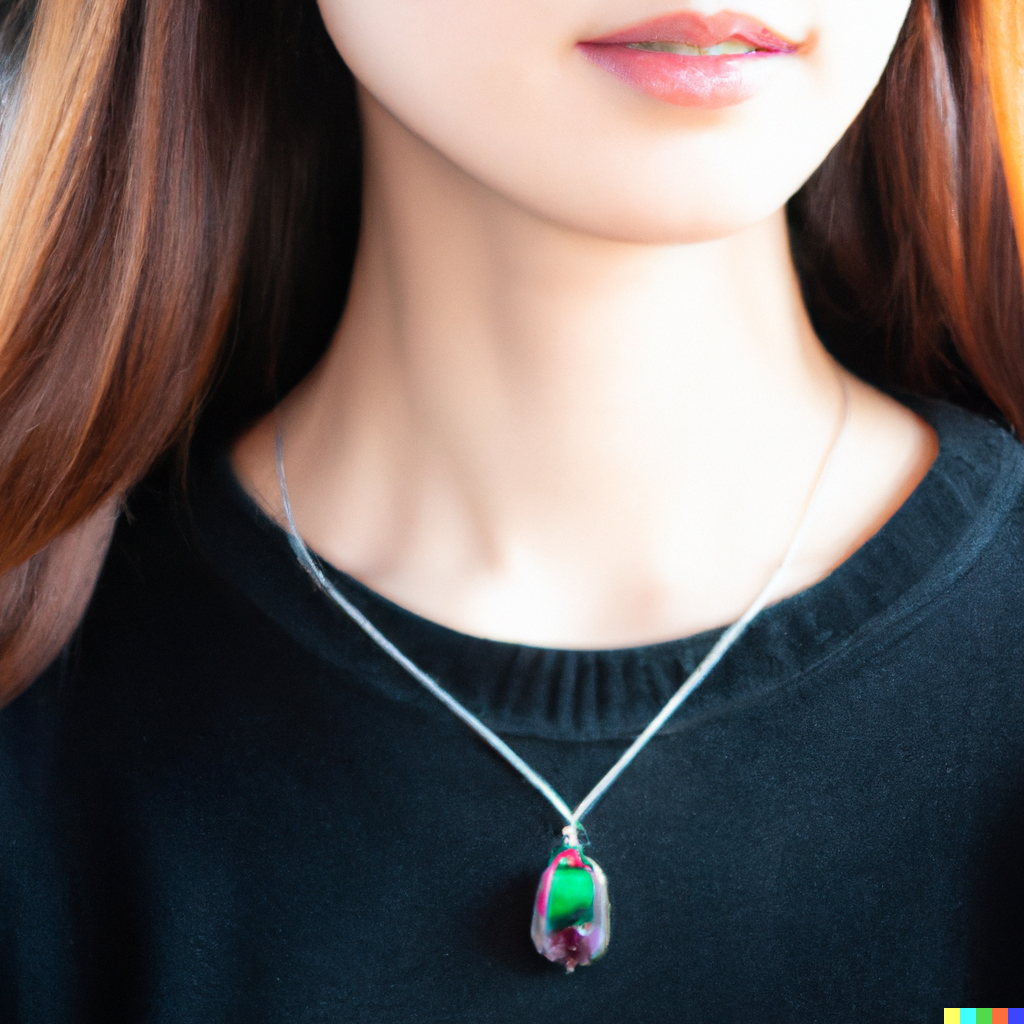
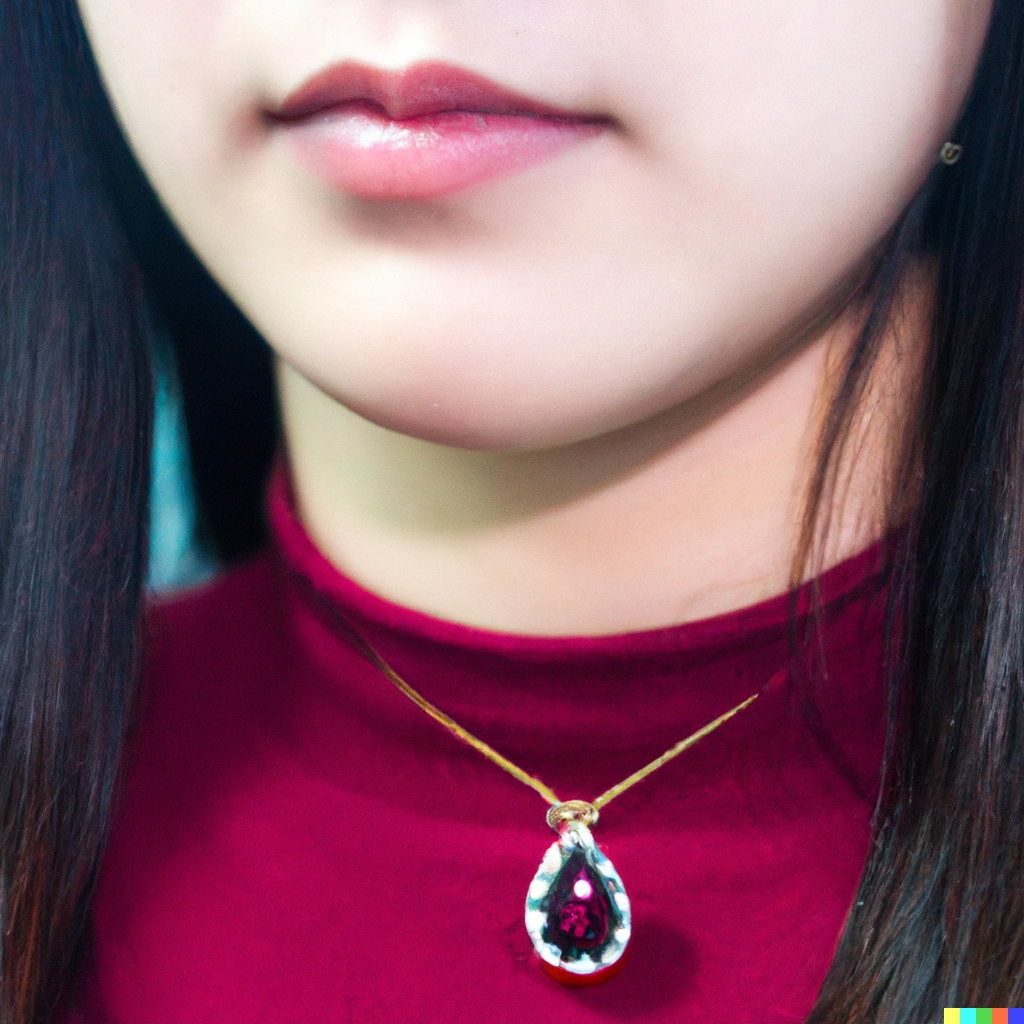
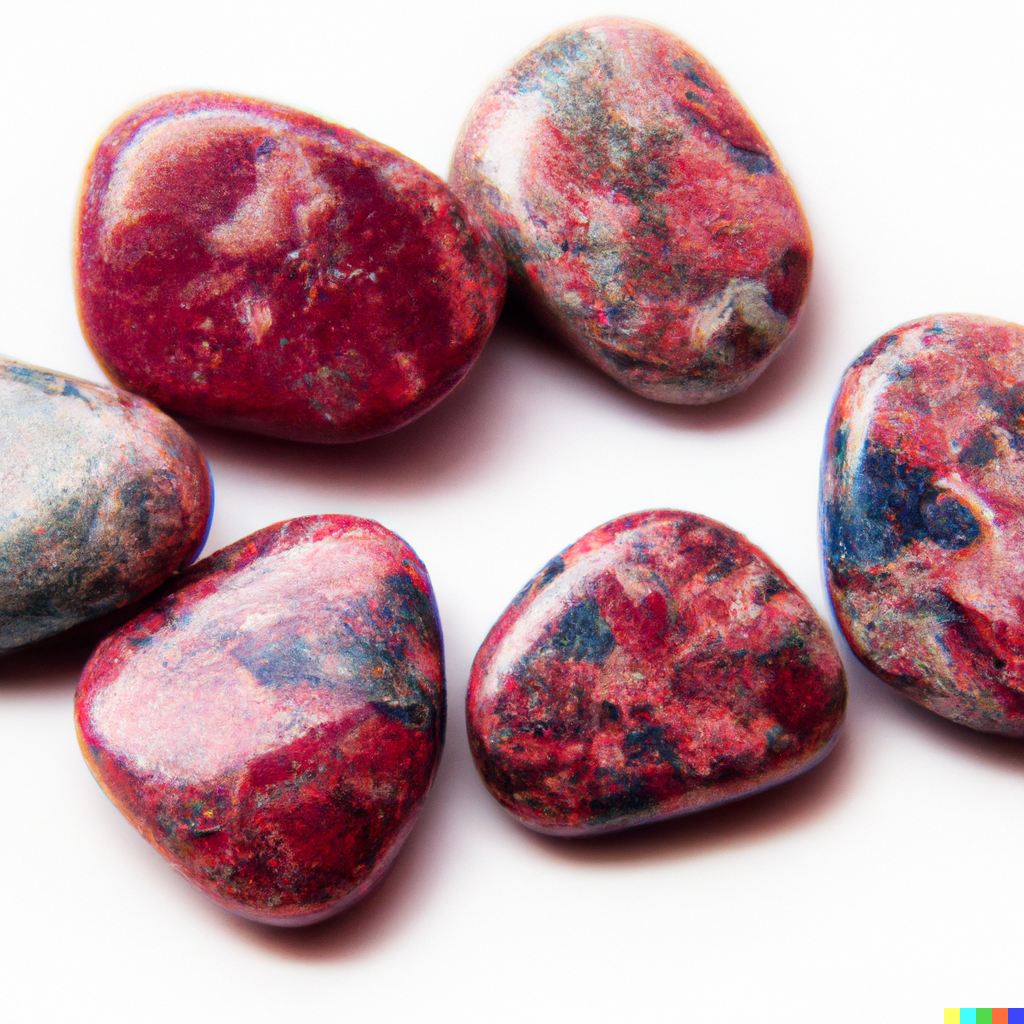
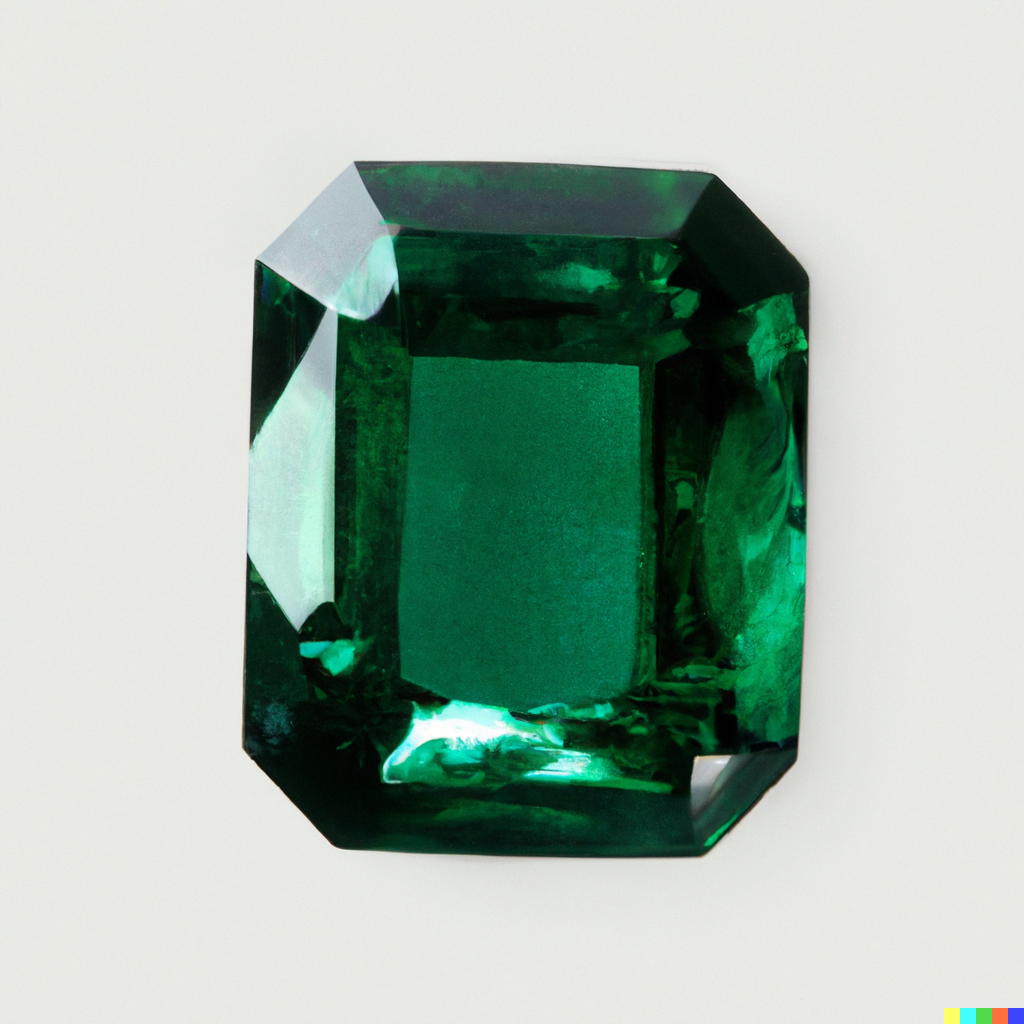
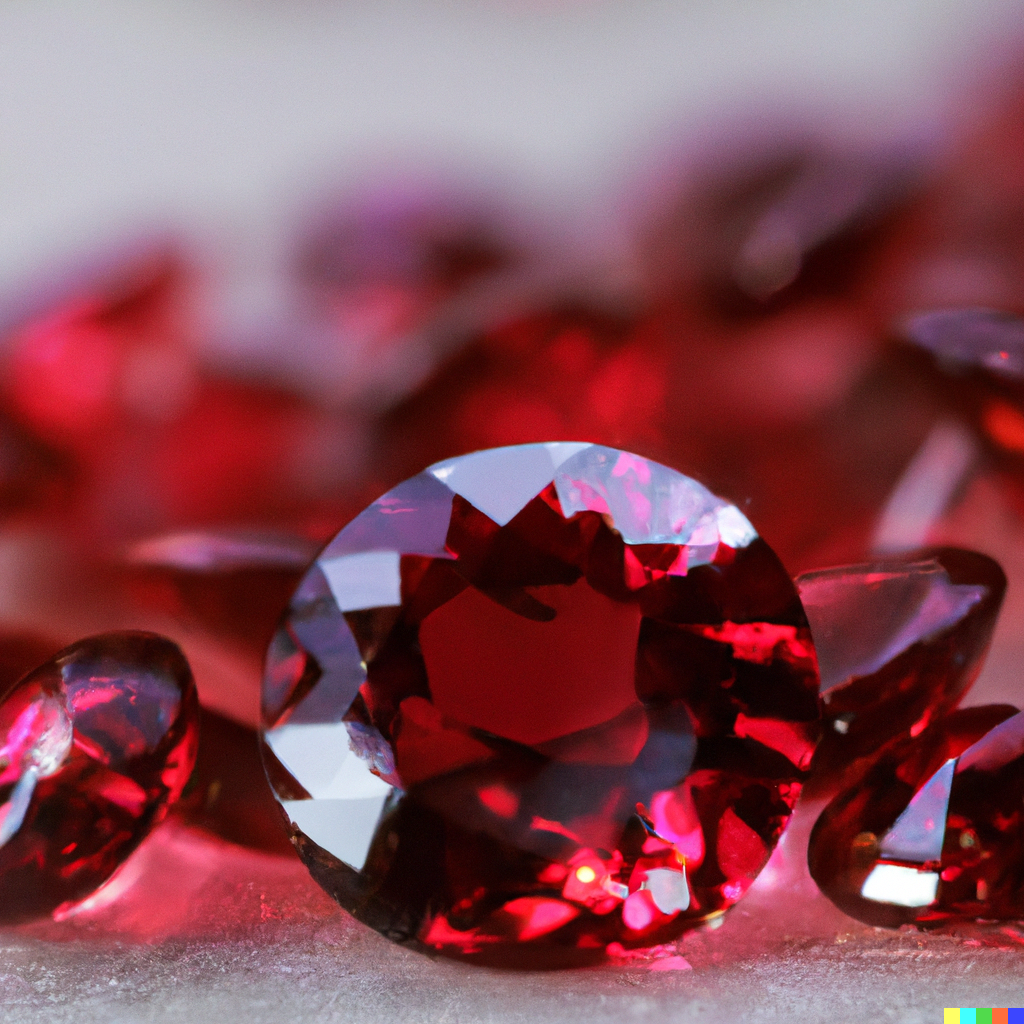
Leave a comment